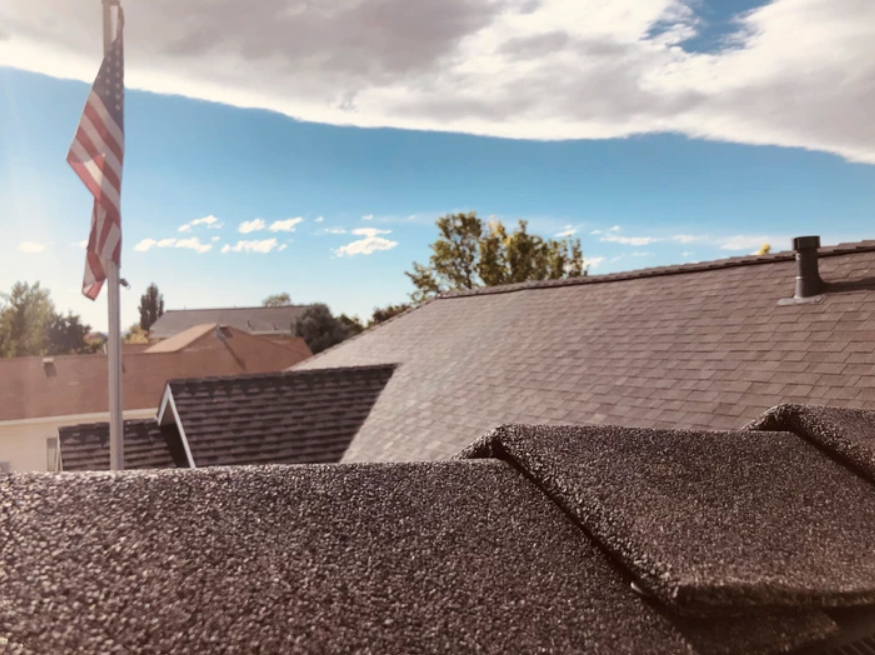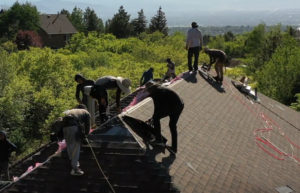
Your roof is constantly exposed to various weather conditions, and one of the most influential factors is heat. Understanding how heat affects your roof is essential for homeowners to maintain its longevity and performance. In this blog, we will explore the effects of heat on your roof and provide valuable insights on how to protect and preserve it.
- Expansion and Contraction: Extreme heat causes materials to expand, including the components of your roof. This continuous expansion and contraction can weaken the roof structure over time. The constant movement can lead to cracks, gaps, and compromised seals, making your roof vulnerable to leaks and water damage.
- Deterioration of Roofing Materials: High temperatures can accelerate the aging process of roofing materials. Asphalt shingles, for instance, may become brittle and lose their protective granules, making them more susceptible to damage from wind, hail, and other elements. Heat can also cause the gradual breakdown of other roofing materials like wood, metal, or tile, diminishing their durability and performance.
- UV Radiation and Fading: Intense heat often accompanies strong sunlight, exposing your roof to harmful ultraviolet (UV) radiation. Over time, UV rays can cause color fading and deterioration of roofing materials. This not only affects the aesthetic appeal of your roof but can also reduce its ability to reflect heat, leading to increased energy costs.
- Thermal Stress: Heat can create thermal stress on your roof. During the day, the roof absorbs heat, and as temperatures cool down at night, the rapid change in temperature can induce stress on the materials. This cyclic expansion and contraction can contribute to cracking, warping, and overall wear and tear.
- Heat Trapped in the Attic: Excessive heat can also impact your home’s interior. If your attic is poorly insulated or ventilated, heat can accumulate and become trapped, leading to higher energy consumption and potential damage to the roof structure. Proper attic insulation and ventilation can help mitigate the effects of heat by allowing air to flow and preventing heat buildup.
Protective Measures:
- Ensure proper roof ventilation to allow hot air to escape and cool air to circulate.
- Install reflective roofing materials or coatings to minimize heat absorption.
- Apply regular roof maintenance, including inspections and repairs to address any heat-related issues promptly.
- Consider adding insulation to your attic to reduce heat transfer and energy costs.
- Seek professional advice and guidance for selecting roofing materials suitable for your climate.
Understanding how heat affects your roof is vital for its long-term health and performance. By being aware of the potential impacts of heat, homeowners can take proactive measures to protect and preserve their roofs. Regular maintenance, proper ventilation, insulation, and using suitable roofing materials can significantly mitigate the negative effects of heat, ensuring a durable and resilient roof for years to come.


Leave a Reply
You must be logged in to post a comment.